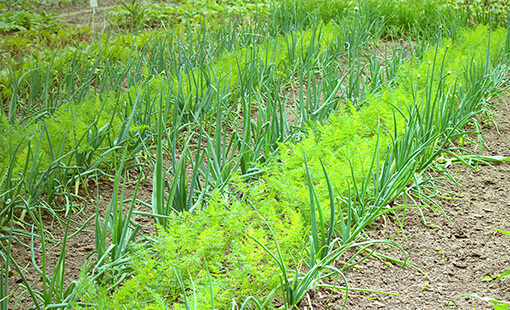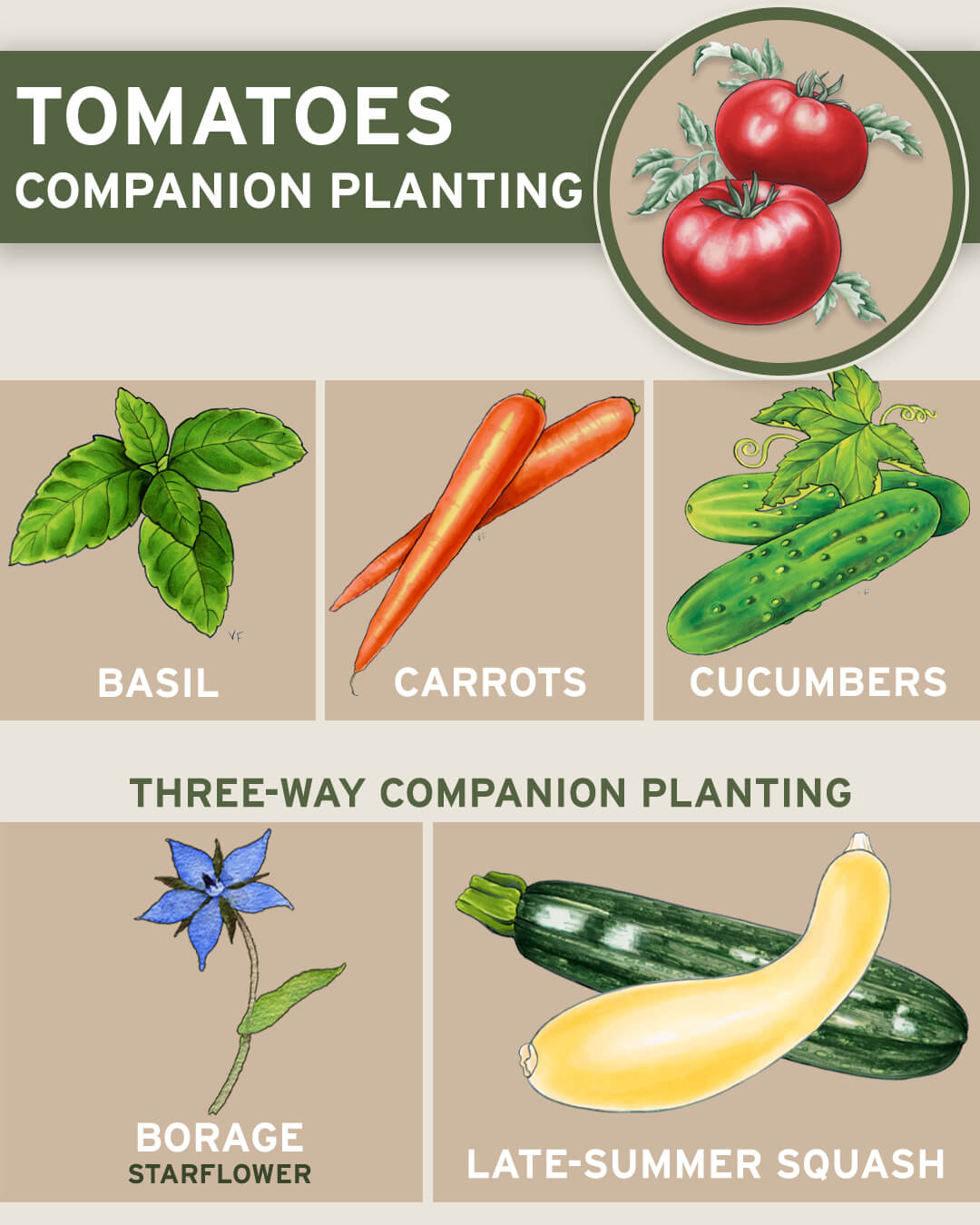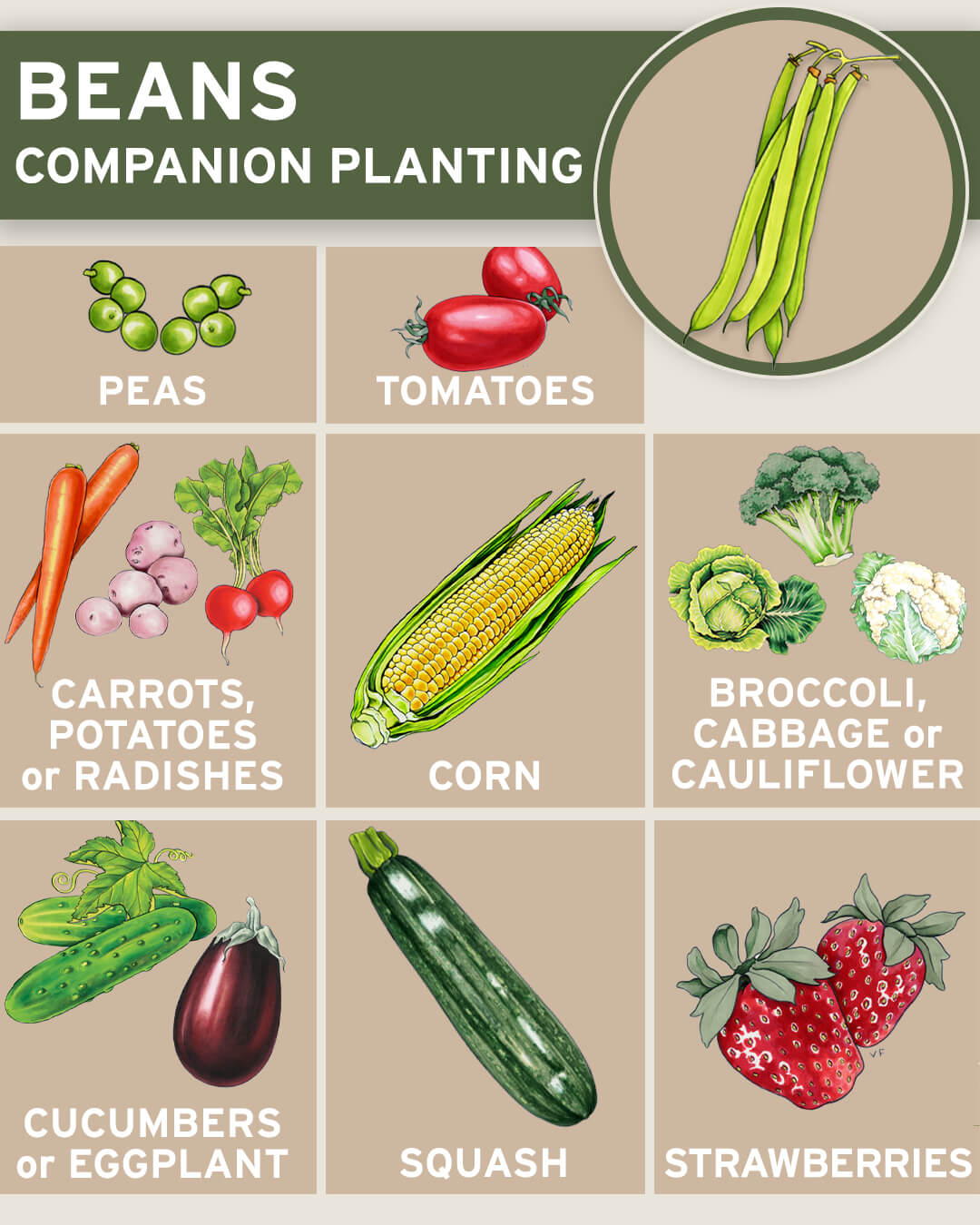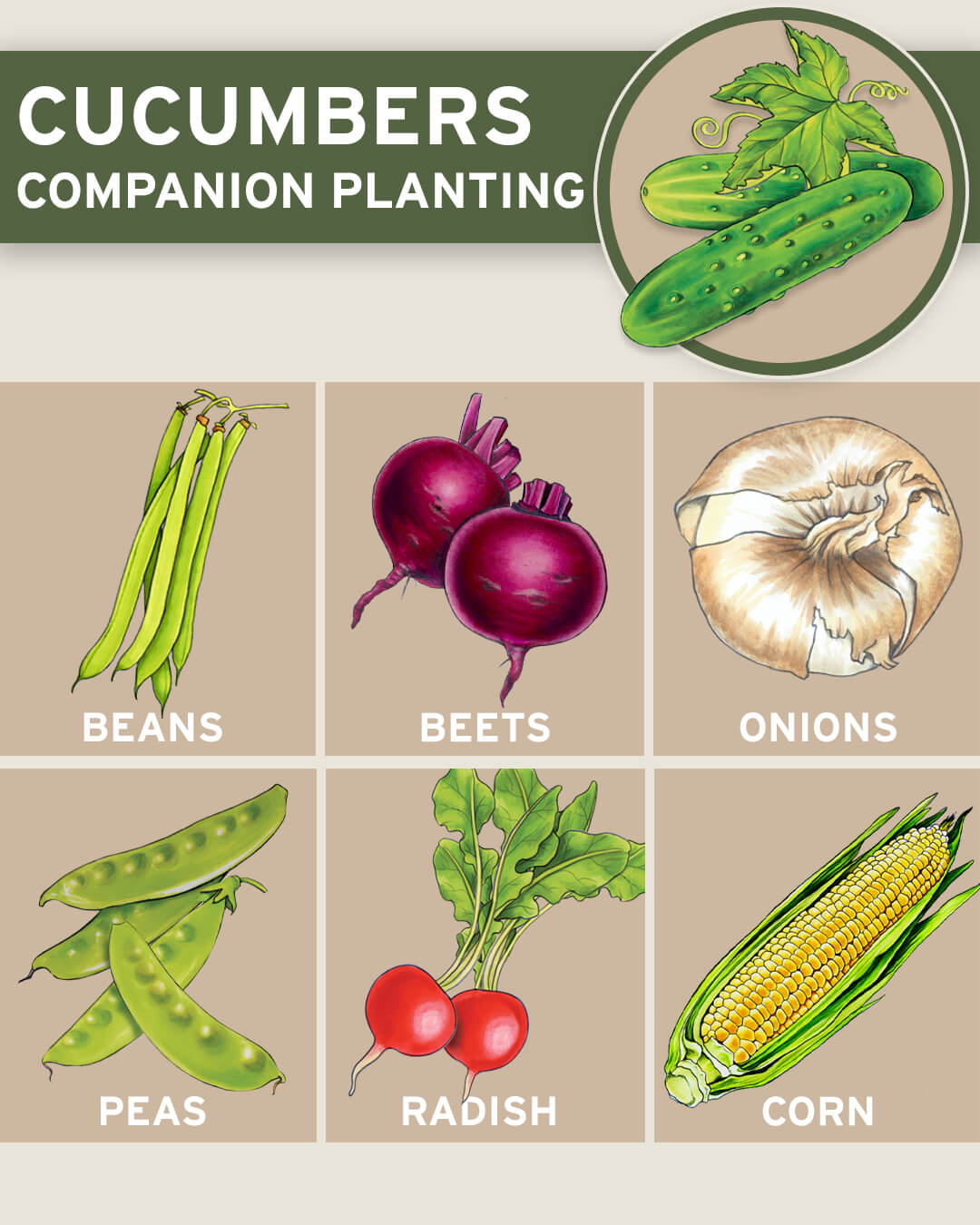
Companion Planting
What Is Companion Planting?
Companion planting is a method of growing different plants together in the same space that are known to benefit each other. It involves planting two or more compatible plants near each other, so that they can provide mutual benefits such as pest control, improved soil fertility and improved crop yields. Companion planting has been used for centuries in traditional agricultural systems and is gaining popularity for its organic approach to pest management.
Benefits of Companion Planting
Increased crop yield
Companion planting can increase crop yields by providing natural pest control, improving soil fertility, and helping plants to better absorb nutrients.
Natural pest control
By planting certain plants together, you can create an environment that is inhospitable to certain pests. Additionally, companion planting can attract beneficial insects that help to keep the harmful ones away.
Improved soil fertility
Companion planting can help to naturally improve soil fertility by introducing beneficial bacteria and fungi into the soil. These organisms help to break down organic matter, increasing nutrient availability to plants.
Improved nutrient absorption
By planting certain plants together, you can increase the amount of nutrients that are absorbed by the plants. This helps to ensure that plants are receiving the nutrients they need to grow and produce healthy harvests.
Reduced water usage
Companion planting can help reduce water usage by providing shade for the soil, slowing the evaporation of moisture. This helps to reduce the amount of water that is needed to maintain healthy soil and plants.
Things to Remember
– Always keep crop rotation in mind when planning your garden. Continuously planting the same items in the same spot every year can cause increased pest and disease issues and nutrient imbalances in the soil.
– Not all plants make good companions. Avoid putting plants that have similar space, water or sunlight needs next to each other so they aren’t competing for resources. Same goes for plants that are susceptible to the same pests or diseases in order to decrease the risk of spreading it across all your plants.
Ready to get started?
Take a look at these popular garden plants and their companions.









 Adams Fairacre Farms
Adams Fairacre Farms